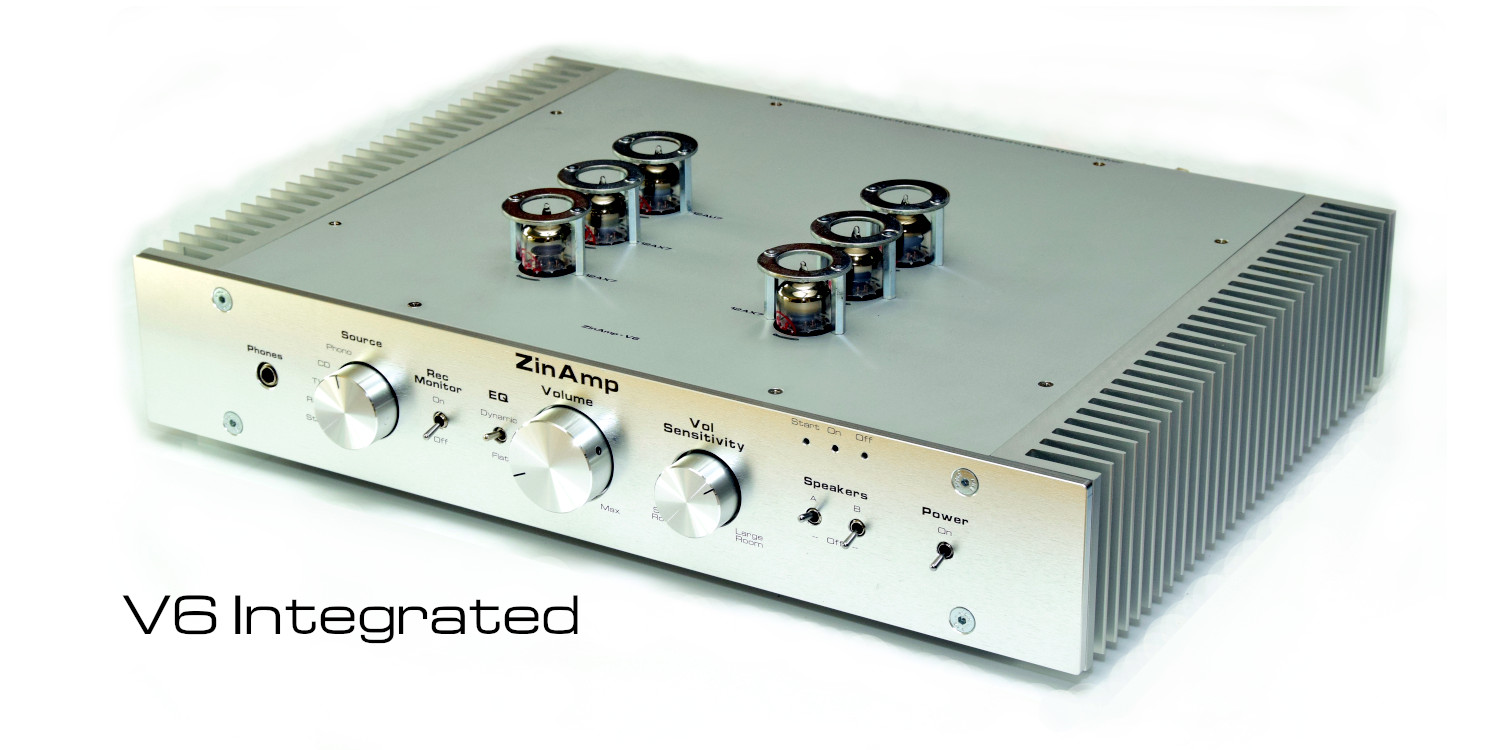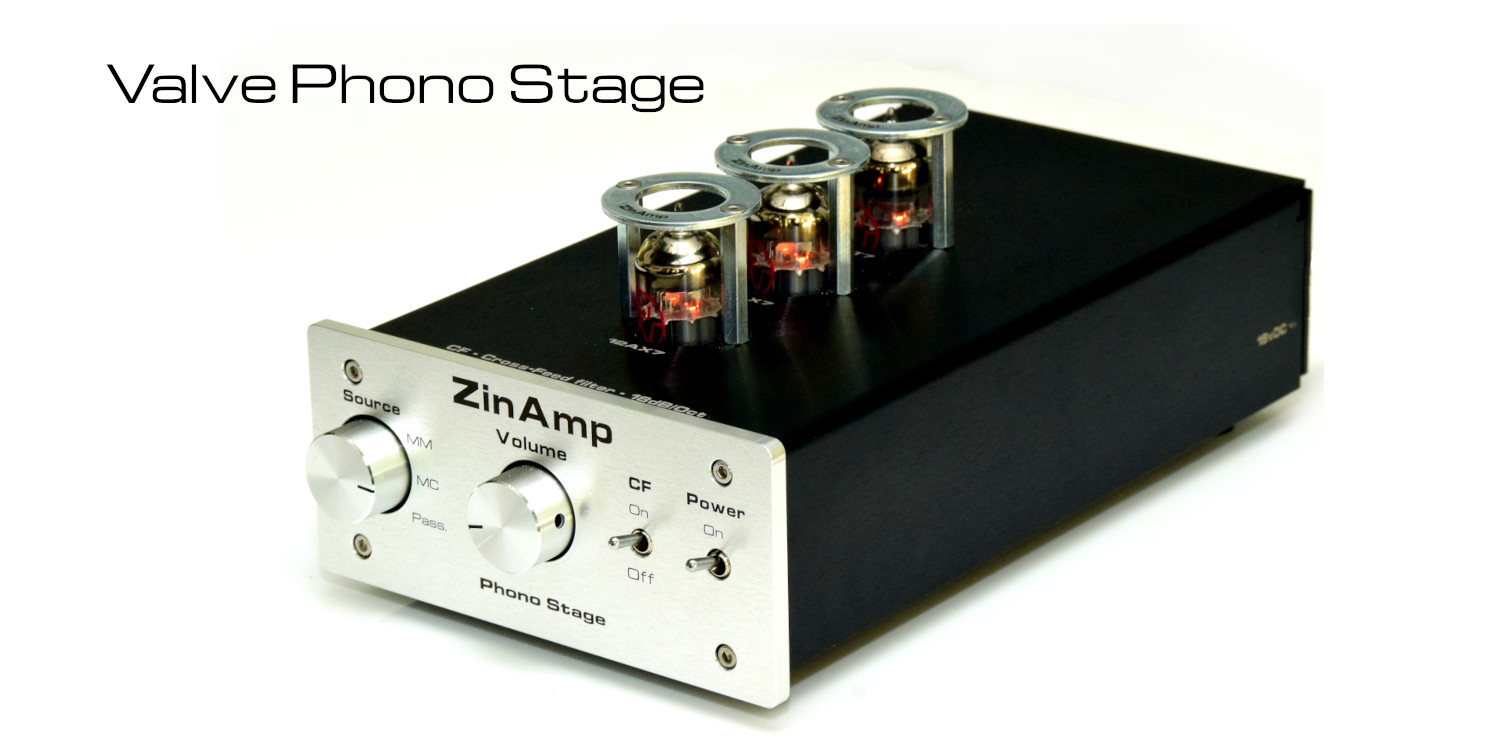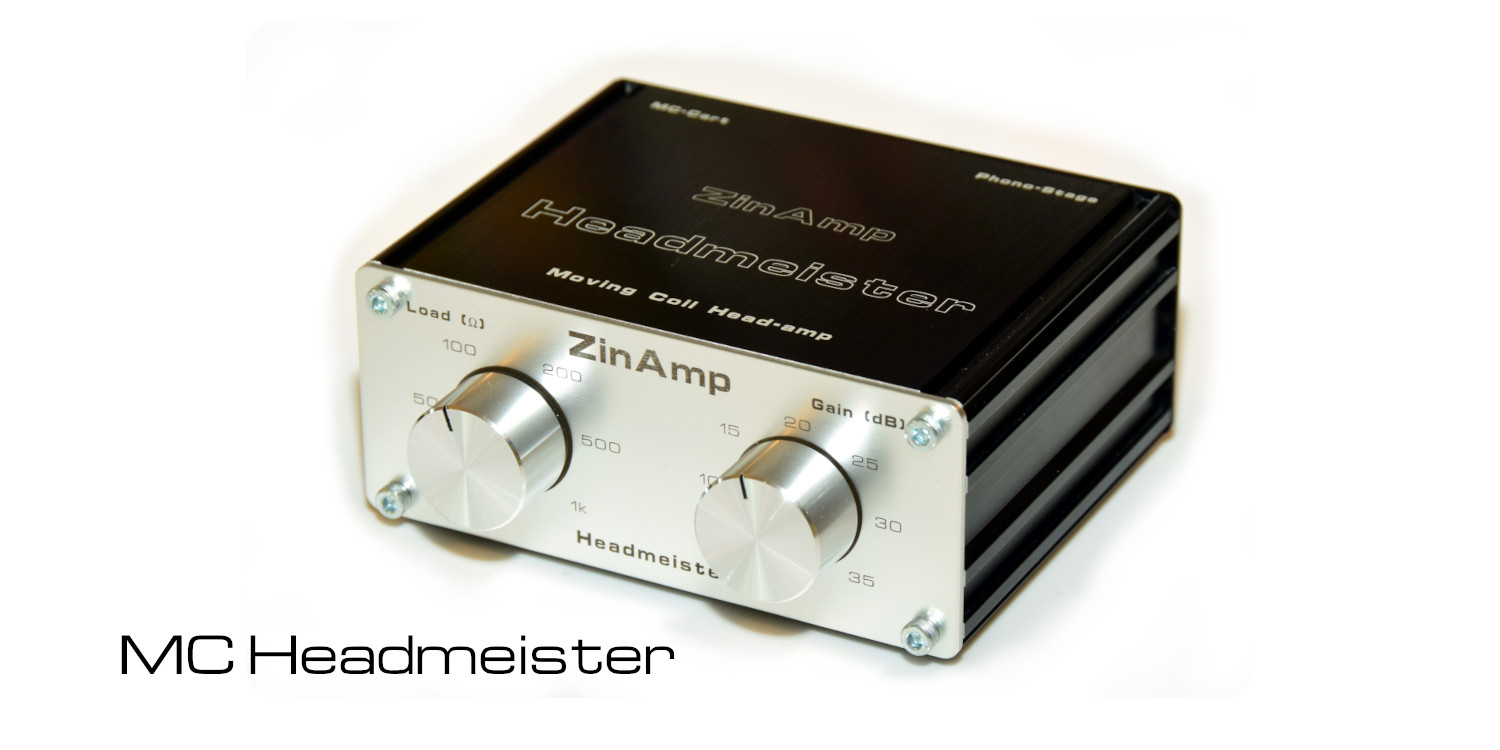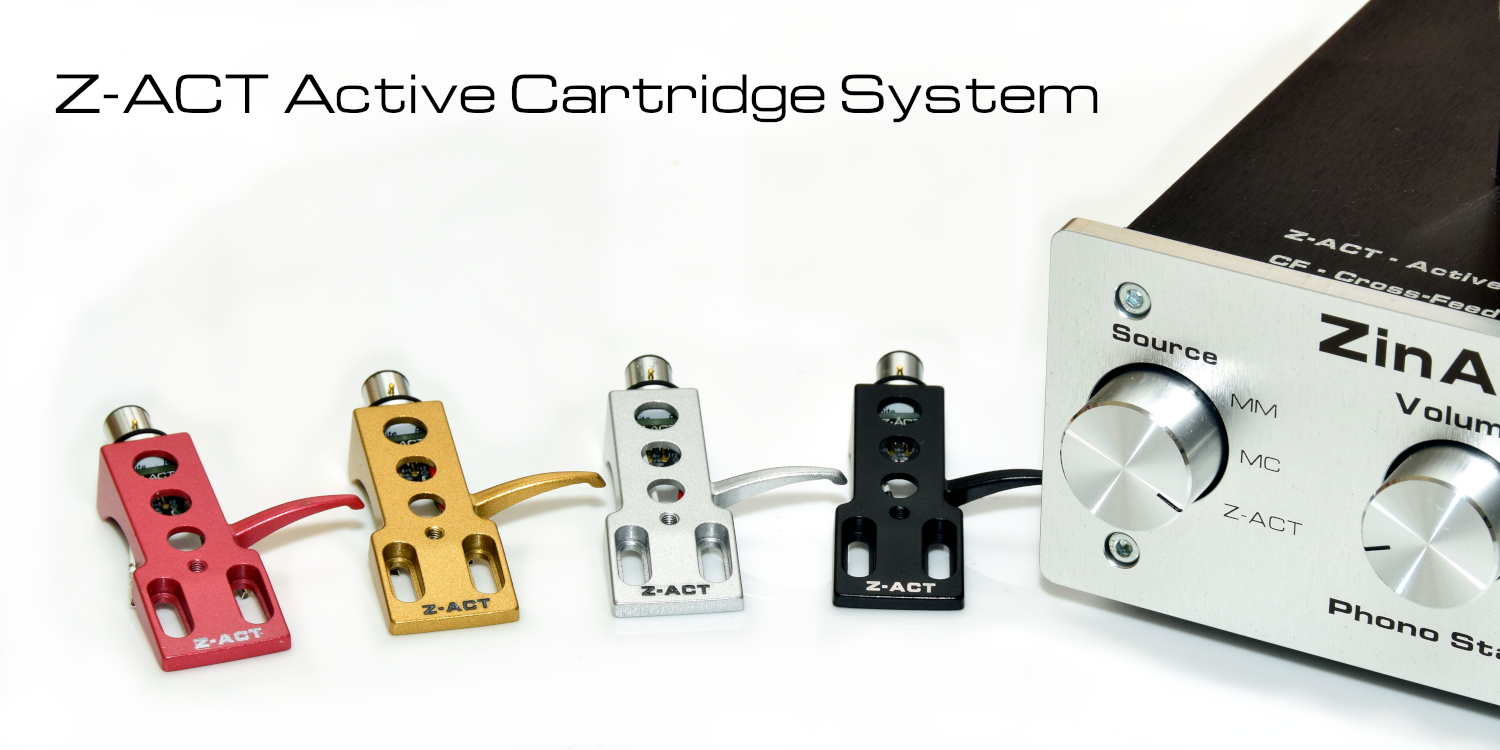FAQ:
1. What is special about a ZinAmp?
ZinAmp was developed from a simple idea, which was to create an integrated amplifier with a tube-phono-stage, a Class-A-like power amplifier, 100w pc, plenty of inputs and two pairs of speaker outputs..... and it had to look nice in the home! We also wanted all of the safety and reliability features that make an amplifier practical to use, like speaker protection and auto-power-off. This was not something that was available back in 2016 when we started on this journey and we like to think it's still pretty unique.
2. So is ZinAmp a fully Class A amplifier?
Both our tube and solid state pre-amps are single-ended Class A. Our power amp is a little different and we refer to it as Simultanious Class A (SCA). We developed this to address the problem of cross-over distortion caused by back-EMF from loudspeakers. When a speaker cone moves, it's back & forth excursion sends energy back to the amplifier in the form of back-EMF. This can cause a class-B amplifier to distort at the cross-over point. This crossover distortion is not present in a Class A amplifier, which is why Class A amplifiers sound different from Class B amplifiers. This distortion is not something you would observe on a scope whilst testing sine-waves into resistors, but when driving real speakers with music, it does happen. SCA drives the loudspeakers with a Class A amplifier that has no cross-over region, so no cross-over distortion. Extra power comes from a pair of Class B output devices that are driven by the Class A devices. If this sounds similar to the Quad 405 current dumping design, then it is, but in SCA, the Class A stage has much more power than the Quad 405 did. It is also much less speaker-fussy and drives 4 ohm loads more easily than the original Quad 405. It also generates a little bit of heat, as you would expect with a Class A amplifier.
3. What does a ZinAmp sound like?
Our goal was to recreate what we considered to be the sound of the golden age of home-audio. For us that is the mid-1970s up until the early 1980s before cost costraints really got a grip on global manufacuring! This period saw a zenith of research and development in audio; particularly in the USA, Japan and the UK. Companies like Technics, Rotel, JVC and Quad created some highly innovative circuits based on ideas like Feed-forwarding (Walker) and Error Take Off (Sandman) and these are highly collectable amplifiers today. We think our SCA power amplifier acheives this sound, which is detailed, open and non-fatiguing with audible space between notes in the music. Much like a good plasma or oled TV shows the blackness in the picture without unwanted artifacts, our amplifier reveals the spaces in the music without the audible 'smear' that perhaps we have become used to in recent years.
4. Do tubes sound better?
Our tube pre-amps certainly add a touch of vintage warmth to music. This doesn't mean they sound wooly or dull; in fact, the opposite is true. Warmth comes from the harmonics in the waveform generated by the tube circuitry. Tube amplifiers, particularly single-ended class A, tend to produce more of the lower-order 'even' harmonics that audio-enthusiasts covet. These are akin to the musical timbres in instruments like pianos, violins or drums. They have a sonic familiarity that is pleasing to the human ear. Our solid state pre-amps are also single-ended class A and produce a similar harmonic profile i.e. lower second order. However, if you prefer the sound of tubes, then our tube pre-amps will not disappoint.
5. Why do you sell DIY Modules?
The answer is simply about appealing to different kinds of listener. The global DIY audio movement is strong and made of of many talented and capable individuals who enjoy the challenge of DIY contruction. ZinAmp has 'grown up' within this movement and we would like to contribute and help sustain it. We offer high-quality modules for DIY constructors to use in theor own projects with comprehensive instruction, up-to-date parts lists and online support. You can even mix and match our modules with others you have selected in your own projects.
6. Where can I buy a ready-made ZinAmp?
Currently these are available online. We hope to have a network of dealers soon, starting in the UK and Europe. We plan to launch in North America and Australia and are always keen to talk to people in these territories that might be interested in developing distribution and manufacturing with us. Our kit-build origins lend themselves to local manufacturing and we would rather explore this route than get everything made in one place, like China for example.
7. What is a BiAmp?
BiAmping is where each speaker driver - tweeter and woofer - in your loudspeaker enclosure is powered by it's own dedicated power amp. This is in contrast to a typical loudspeaker where both drivers are powered from the same source amplifier through a passive crossover. BiAmping minimises unwanted artifacts like intermodulation distortion and requires a device called an active crossover. The active crossover sits between your pre-amp and power amps and diverts the correct signal frequencies to the appropriate power amp and onward to the correct speaker driver. If you're still reading you'll have realised you need a lot of power amps to do this - 4 in a 2 way system, 6 in a 3 way system. Typical bi-amping setups are huge. We want our amplifiers to sit nicely within your home and not dominate, so our Bi-Amp contains 4 separate power amps in one box. We are also working on a version of this with solid-state phono and pre-amps that we will be launching soon. This will run a 2-way active crossover setup within one box, plus the active crossover itself. For 3-way, you can add another 2 channel (stereo) power amp, making two boxes plus the crossover.
8. Why 'Zin' Amp? What is Zin?
The name comes from the Zinfandel grape, which for many years was the staple of Californian wine production - and to some extent, still is. In 2006, television presenter James May embarked on a wine tour of California with wine critic Oz Clark and a BBC TV crew. After visiting some of the most coveted and prolific wine makers in the region, James concluded that Zinfandel was his ‘wine of the people’. There are numerous parallels between wine making and building amplifiers; they both require pently of time and investment and the results can be very pleasurable! Given that ZinAmp’s purpose is to bring Beautiful Sound to People who love Music, we think we share the aims of many of the fine wine makers who grow, harvest and make wine from the Zinfandel grape. The ZinAmp name is our salute to them.
If you wish to relax with a glass whilst listening to your ZinAmp, James May recommends one of Ravenswood’s fine and inexpensive Zinfandels, available from Majestic Wines in the UK, at very sensible prices!




